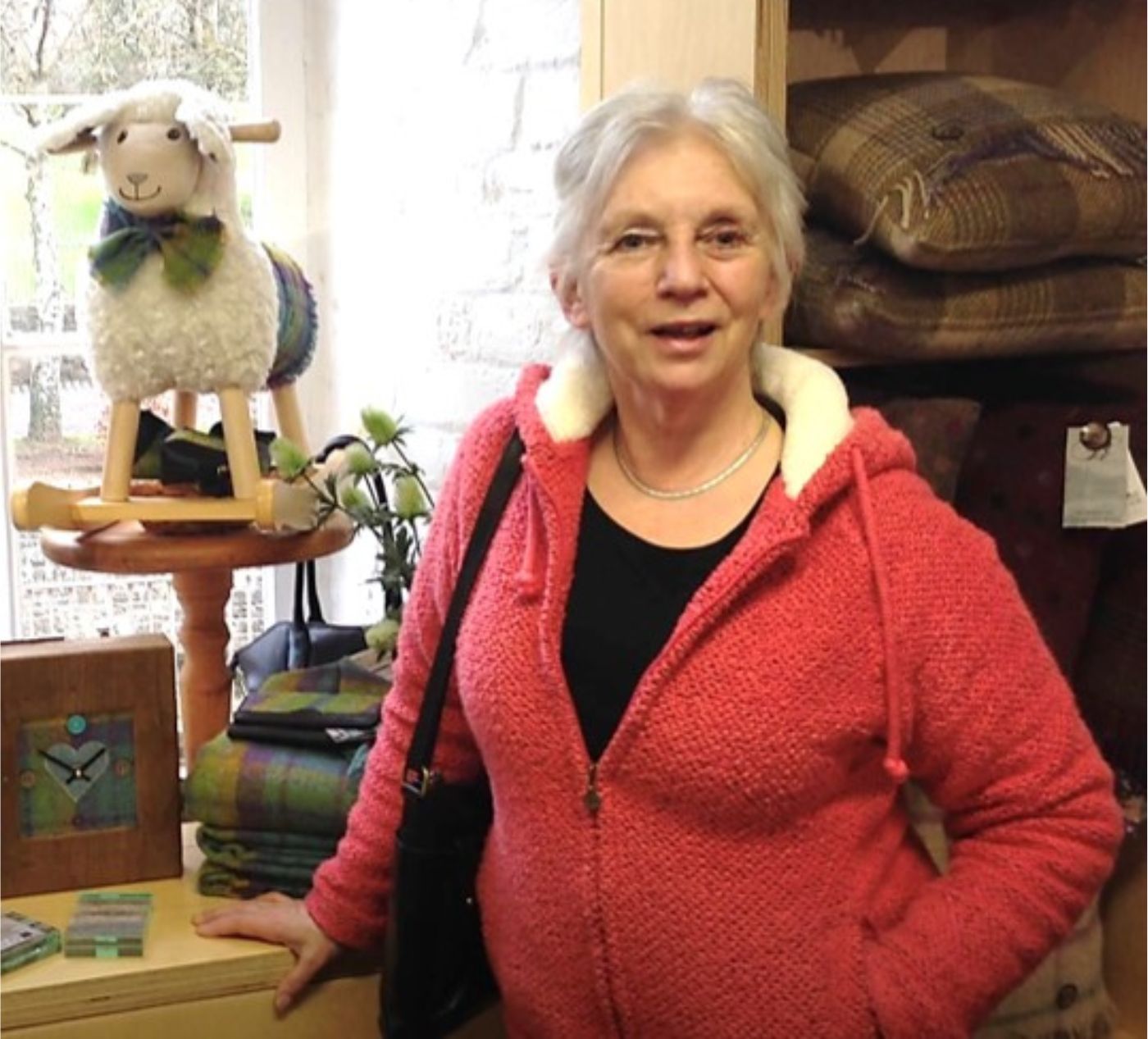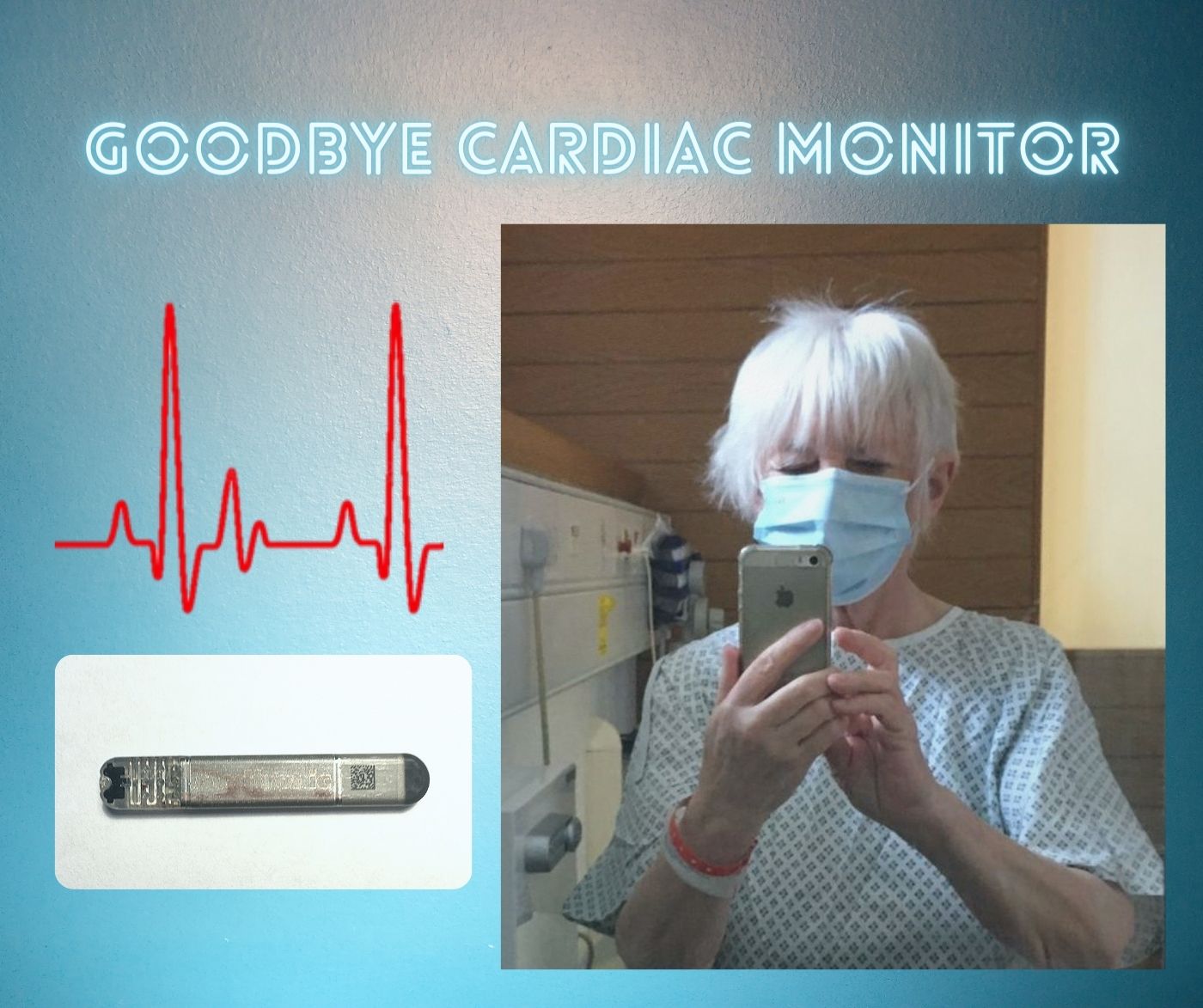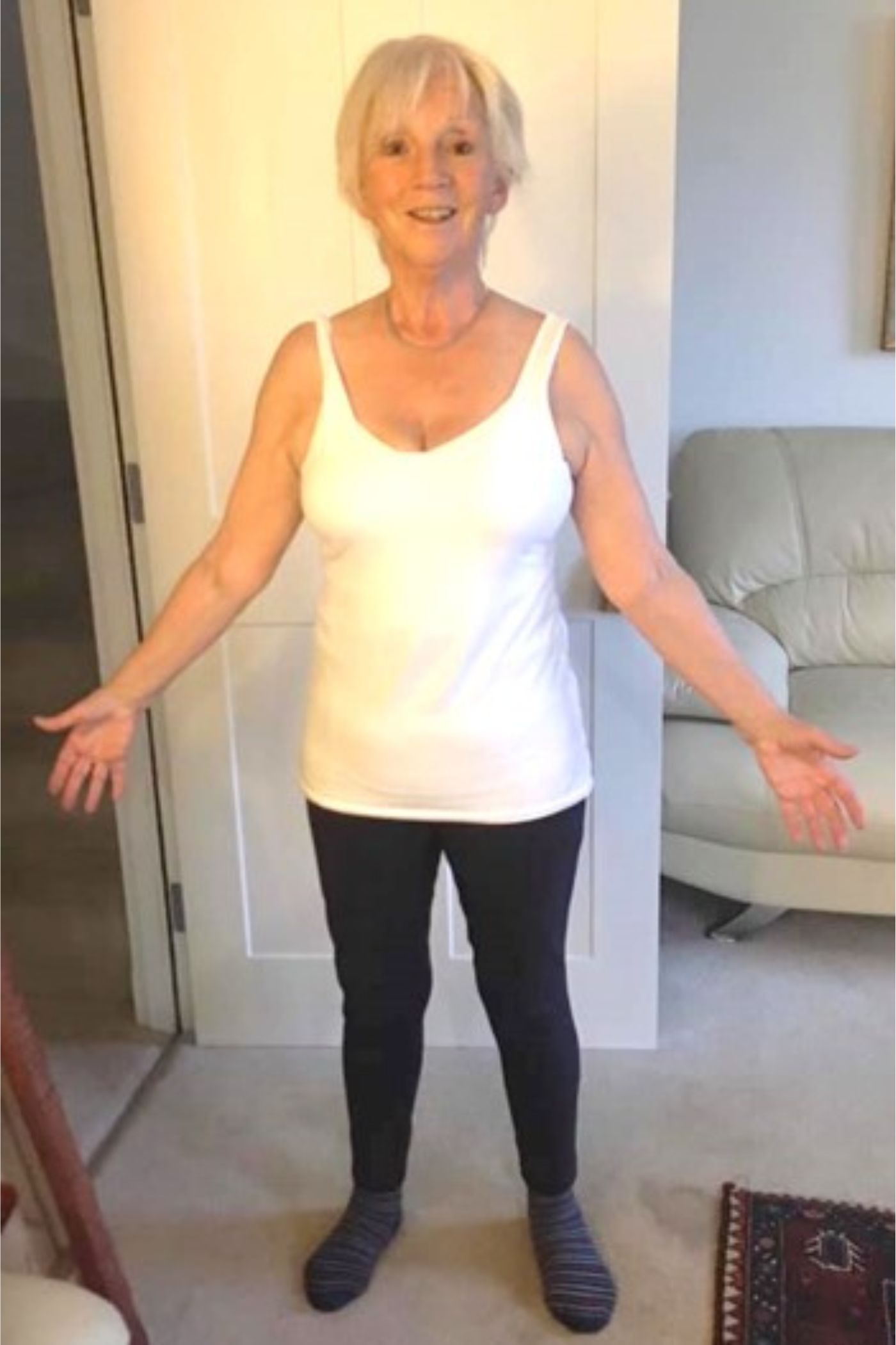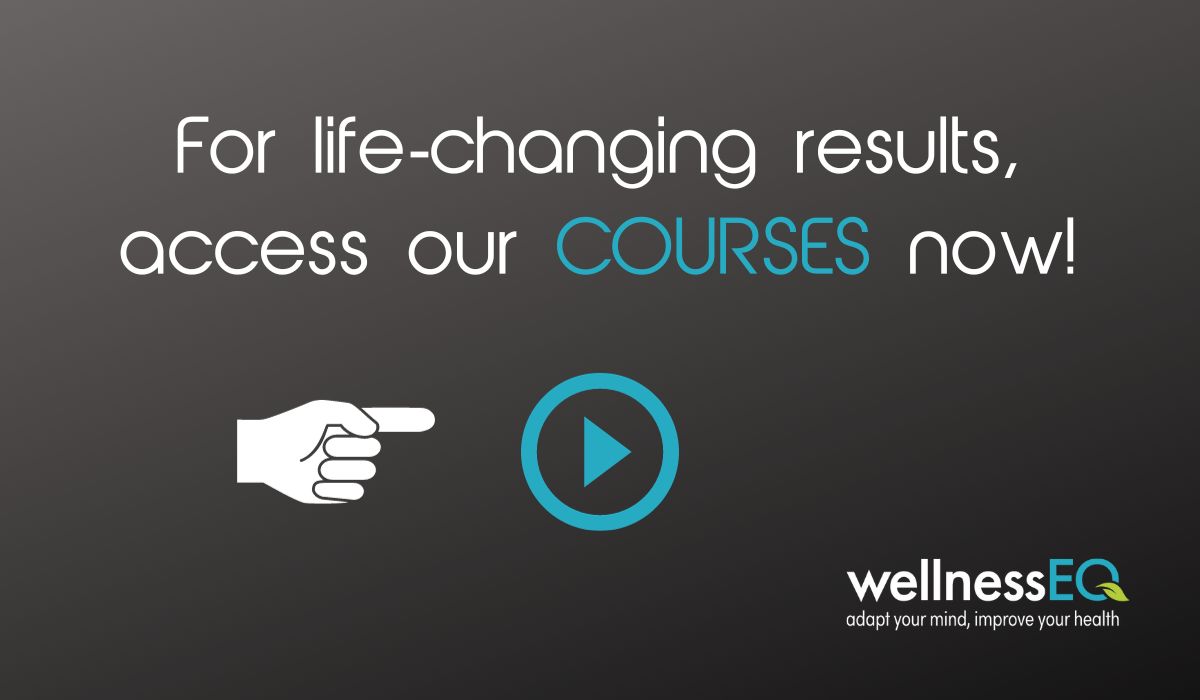Introduction – Personal Journey
Some five years ago, my knowledge of low-carb eating was almost zero. Like many, I had eaten what I wanted for years, blissfully ignorant of what it was doing to my physical and mental health. What an impact this lack of knowledge had on my personal journey.
I grew up on a farm in the Scottish Borders and ever since childhood I always loved to be active and do things. I maintained this throughout most of my adult years, with activities such as jogging, playing sport, hill walking, windsurfing on holidays, participating in marathons and even some skydiving as well!
Health shock
It therefore came as a shock to me, when at the age of 57, I was blue-lighted to A&E in Glasgow, unconscious. Upon regaining consciousness, I could hardly speak and had absolutely no idea how I had arrived there! No real diagnosis was made at the time and looking back there were other symptoms that really bothered me as well.
It was mostly the constant tiredness and feeling as if I needed to refuel with food every 2 or 3 hours. In addition, I wasn’t sleeping particularly well, was moody and short-tempered. On top of that, the GP diagnosed high blood pressure and I was promptly put on treatment. I even lost enthusiasm for my favourite activity – daily dog walking.

Low energy, low mood and chronic symptoms
Journey of heart-stopping moments
Around 5 years ago I started to develop massive heart palpitations and I suffered a series of falls due to fainting episodes, which caused two bone fractures. Eventually I saw a consultant cardiologist, who recommended inserting a heart monitor in order to assess the underlying problem.
This 24-hour heart monitor did indeed do the trick – it detected that my heart sometimes stopped beating for a few beats at a time, which sometimes – not always – caused these fainting spells.
Changing eating habits
I was scared and shocked at the same time. It was at that point that Estrelita said to me that I should look carefully at my diet, what I ate and drank. Although reluctantly at first, I started eating more animal protein and fat, got rid of the soy-milk products and switched over to full-cream dairy. I had been told previously to limit my fat intake, so this was something that I found particularly difficult to get my head around!
Little did I realise at that time how wrong that advice had been. That was my first stumbling block and could be the same for you. I also stopped drinking energy drinks and replaced them with filtered tap water.
Traditional dietary advice
We are constantly told that it is important to start off the day with breakfast. This, for example, could be a rushed toast, low-fat butter and jam, or porridge with milk and a few teaspoons of sugar, breakfast cereals and milk, a croissant with low-fat butter and jam, all washed down with orange juice.
Then we zoom off to work and by half past ten we are starving again and need to have a biscuit or two to keep us going until lunchtime. Lunch could be a sandwich, banana, apple juice and low-fat yoghurt which would keep you going until 3.30 pm. Around that time, you just had to have a doughnut which co-workers had brought in.
Then off home to maybe a packet of crisps and a glass of wine or a beer, then some spaghetti bolognaise for your evening meal. And possibly a snack at 9 pm. Does this sound familiar? Maybe not exactly the same food but something similar and with the same frequency of eating i.e., every 2 to 3 hours!
No more snacking
So, how did the changes impact me? I am sure that is the question you are asking. Apart from increasing the fat content of the food I ate, I also cut back on all starch and sugar-containing food. I then discovered that my previous routine of a ‘little and often’ eating plan, coupled with my reaction to the sugar content of carbohydrates with its resultant insulin spikes, was habitual. So psychologically I felt I had to eat every 2 to 3 hours.
However, help was at hand as the advice given on a low-carb way of eating is to eat the correct foods until you feel full. Only then, if you are hungry after a while, to take a small snack of healthy nuts, a piece of cheese, a bullet coffee (with butter) or coffee with cream. That really helped until lunch time! Lunch was a healthy fat protein meal or salad and I found I was satisfied with that meal. Again, only through habit, I was reaching for a snack in the afternoon. I soon learned that a healthy snack was ok, and eventually even this compulsion disappeared.
Fasting became normal
It was great not to have the constant hunger feeling and to be able to last until the evening meal. Within the first week I adapted to three meals a day and hardly any snacks. I started to lose weight, sleep better and felt much better. Additionally, from a mental perspective, I noticed my mood had greatly improved. I was really surprised to see results within the first two weeks.
What’s more, the improvements continued which was a relief. Over time, I was able to adapt to intermittent fasting which is to eat meals within an 8-hour window and then fast for 16 hours. This would have been completely impossible before as I would have been ravenous and in a very bad mood. We call it hangry!
I now find that I can have a late breakfast/early lunch, perhaps a small snack in the afternoon. My evening meal is now within an 8-hour window and then nothing until late the following morning. I never have hunger pangs now.
Heart monitor removed
Within 4 to 6 months of starting, there were no more heart-stopping moments (according to my 24-hour heart monitor). My blood pressure came down, so much so that I came off medication. Not only that, but my brain fog disappeared, I felt much more energised. It felt as if I was 20 years younger!
It was a day of great joy when the cardiologist eventually removed the heart monitor I carried for the past four years. Not required anymore!

Heart monitor removed
Low-carb/keto diet is the ongoing journey
This amazing transformation was not only a surprise to me, but to family and friends who closely followed my journey.
So, what do I eat? Good quality meat, fish, cheese, Jersey milk, full fat dairy, natural unflavoured yoghurt, healthy olive oil and coconut oil, loads of green leafy veggies and berries. Our meals tend to be one pan cooking (which is great and convenient). The recipes are simple and easy to prepare (which everyone says are so easy, nutritious, flavoursome and healthy).
Is there anything I miss? Honestly, no there is not. I have found that, by educating myself as to what is healthy for my body, I am able to resist all temptation to anything that I might have previously chosen.

Great result after 6 months on low-carb journey
The best result – could be your personal journey as well
And the end result is I have lost weight and feel better than I have done in 20 years. The true benefit being that I am off all blood pressure medications and minus a heart monitor. Knowledge is king and life is good!
In order to share what I learned on my personal journey, we developed healthy eating courses, teaching people what to eat. Access our COURSES below. This will bring the same amazing results to others who suffer from chronic illness that is never treated satisfactorily. Dietary change is the most important part of a healthy lifestyle!

